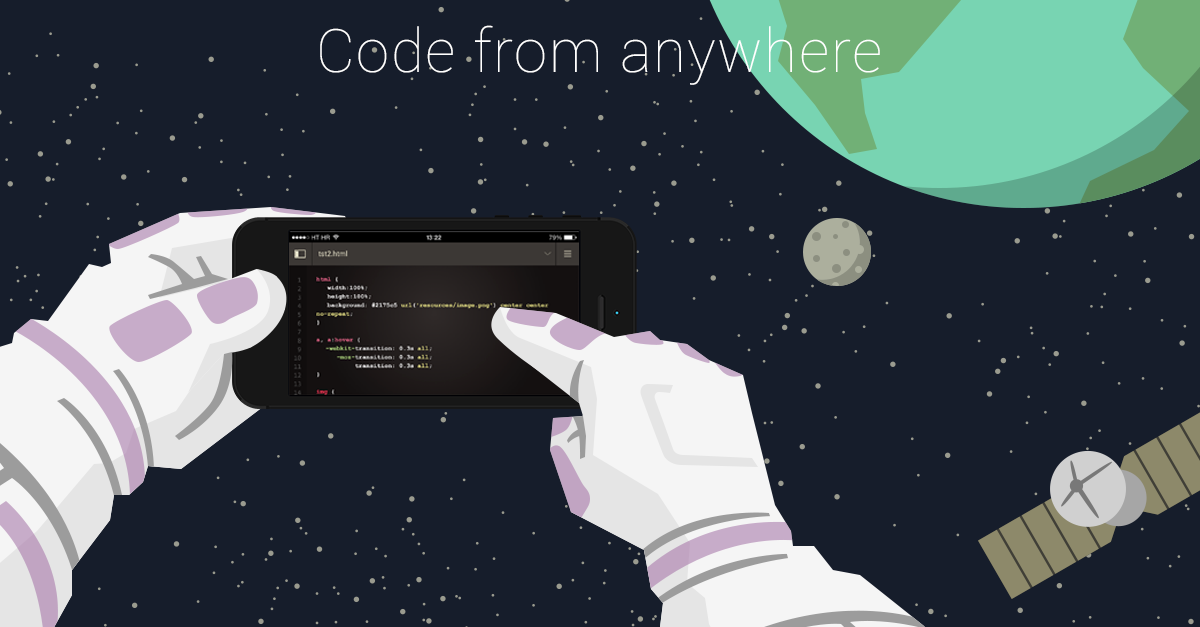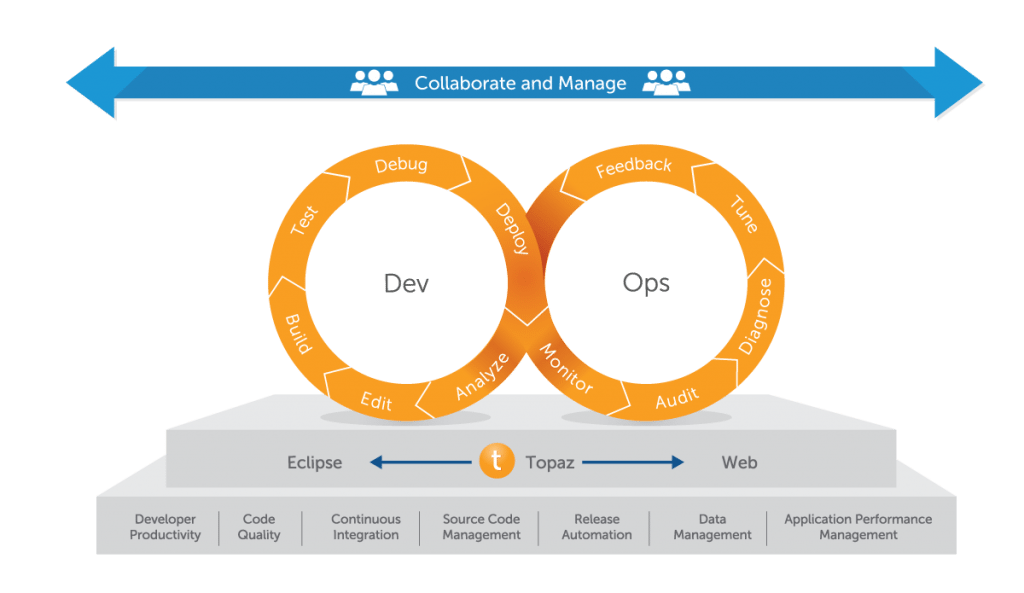Processors are everywhere. Your car has about 80 of them. Your phone, another five or 10. And your washing machine, stove and refrigerator probably have one or two a piece. But what good is all this digital technology if those devices in your home cannot talk to other devices? Skynet wasn’t built in a day, and we’re not too worried about household appliances taking over just yet, so we’ve compiled a list of actual, physical things that you can integrate with your application.
Your headset
Plantronics this week announced the availability of its first API. Why would you need an API to talk to a Bluetooth headset? Like many device makers now offering APIs, it’s the unknown, wacky ideas that have spurred this release, not the planned-out integrations.
Shantanu Sarkar, vice president of software, firmware and DSP at Plantronics, said that the new headset API could be used for “anything from answering a phone call, to reporting presence information, to having a social collaboration application. [Developers] could create a virtual workspace and allow people to map into it; wearing a headset maps to someone in that world. If I hit mute, the people on the call aren’t expecting me to respond, and you can pull that mute button into any application driven by the headset.”
Plantronics’ new line of headsets include a sensor to tell if the device is being worn, he said, and thus they can be used to track employees in a call center, or to quickly route calls to an employee who’s sitting at his or her desk, headset on, and not, say, in the bathroom.
Your car
Ford is hoping developers will want to build applications that can talk to their cars. To this end, the motor company and Bug Labs (a device development firm) have collaborated to build a small box that serves as a touchstone for wireless communication with external devices. Dubbed OpenXC, the project aims to place one of these devices in all cars, eventually, where they’ll serve as go-betweens for read-only applications. Thus, developers can build mobile phone applications that monitor engine temperature or oil pressure, and alert the user when something is wrong, potentially even when someone else is using the car.
TJ Giuli, research engineer for infotronics research and advanced engineering at Ford Motor Company, said that he envisions fleets of cars on the highway, all communicating with one another, and thus creating a sort of real-time hive mind to monitor traffic conditions, road statuses and even weather patterns.
“OpenXC is a platform that’s grown out of several ideas we’ve been looking at for research for a while,” said Giuli. “We did a previous platform with similar ideas, where we partnered with Microsoft and the University of Michigan, and teams designed applications and had a competition. We took a lot of the things we learned from that platform and applied them to OpenXC. With OpenXC, we want to enable anybody to write for the platform. It’s based on Android, and it’s easier to use and based on open-source software and hardware from the beginning. We’re in private beta right now, but when we do release publicly, the entire source base will be open.”
#!
Your house
A lot of people already know about X10, the standard for controlling your house’s various amenities via the power lines in your wall. X10 is used to turn on lights, open curtains, and generally perform the most menial of household automated tasks.
Insteon is the successor to X10, and includes many improvements to the power-line model. Later X10 devices introduced RF, but Insteon includes it from the start. It’s also a mesh network, where every device acts as a repeater, which cuts down on the signal problems that plagued X10.
And best of all, there’s a generic device driver for Linux.
Your kids
Your local school may already have an API for you to access, and you don’t even know it. Edmodo is already used by over 7 million teachers and students around America, who rely on the free education site’s organization, quizzing and social networking capabilities to allow classes to communicate with their teachers outside of the classroom.
And while that’s been hugely successful for Edmodo, its future revenues lie in the distribution of educational software through its system. That’s where developers come in. Edmodo is hoping to spur developers into collaborating with teachers to create better learning software and curriculum. And, of course, it has an API.
The goal is to bring developers into the platform so they can integrate social applications, or even existing software, into the overall classroom experience, and to do so seamlessly. It’s a noble goal, and one developers need to pay attention to.
Your clothes
Google’s new augmented-reality glasses aside, wearable computing isn’t exactly the hottest fashion trend of late. But if you look a little deeper, you’ll see that wearables, in fact, are the hippest, coolest trend in fashion. But, as should probably have been expected, fashionistas are using such technology to enhance the visuals, not augment the reality.
The ubiquitous Arduino platform is prevalent in fashion and comes in a variety of flavors. From dotting cloth with LEDs, to running conductive fabric along a seam to meet a sensor, all the way to capacitive surfaces in the fingertips of gloves, cutting-edge fashion has been obsessed with electronics of late.






